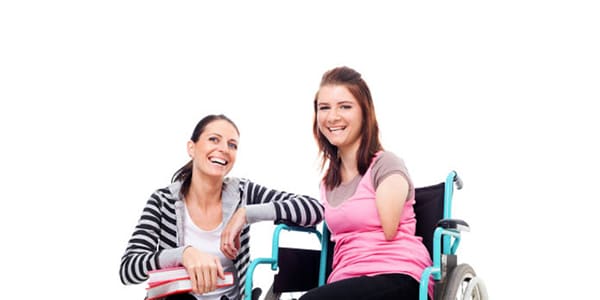The Complexity of Students with OI

In order to provide students with OI access to the supports and services that they require to access the general curriculum, first we must understand the levels of complexity that can accompany these students (Erickson & Geist, 2016).
Consider the comorbidities that can accompany cerebral palsy (CP), the most common physical disability:
- 33% of all people with CP are unable to walk without assistance.
- 50% report chronic pain
- 20% are non-verbal
- 10% have severe visual impairment
- 38% have articulation disorders and impaired speech intelligibility
- Muscular weakness can also cause laryngeal and velopharyngeal dysfunction from restricted oral-facial muscle movement, dysarthria, and poor respiratory control.
- 40-50% have seizures
- 33-66% have varying degrees of intellectual disability
- ~50% have feeding concerns that continue into adulthood.
Additional complexities that can accompany OI

Sensory processing disorders– Students with severe physical impairments struggle in meeting their sensory needs due to having a limited range of movement and sensory seeking behaviors available to them (Burkhart & Porter, 2006).
Also Consider…
The motor impairments experienced by students with OI prevent them from being able to explore and fully participate in their environments, which leads to language and social-emotional delays.
- Lack of access to mobility devices can further exacerbate these delays. (Martin & Dischino, 2017).
Children with OI are also at risk for secondary medical issues or other health impairments, and meeting the individualized medical needs of the student can be a barrier to access the environment (Gmmash, Effgen, & Goldey, 2020).
Students with OI are more prone to access and opportunity barriers which prevent them from actively participating in the home, school, and community environments.
- This can lead to fewer rich educational opportunities and less opportunities to practice skills.
Real Life Example of Complexity

To understand complexity in people with OI consider the case of Chris Klein, who was diagnosed with CP after an extended hypoxic episode during the birth process. Chris has spastic-dyskinetic CP, which results in his body making constant rapid and jerky movements that are outside of his control. He has hypertonic, or too tight, muscles that inhibit his ability to walk. For the first six years of his life, professionals deliberated over whether his cognitive functioning and language comprehension were still intact. Chris developed challenging behaviors such as tantrums due to his frustration over his inability to communicate, and was cared for and educated in a special segregated class. At 6-years-old his speech therapist gave him access to a linguistically organized speech generating device, and by the next day he could construct sentences using his new device. Chris was unable to access the device using his hands, so he used his toes instead, which remains his preferred access method. Once teachers realized his language center was intact, Chris was moved to a general education classroom where he could now be educated with his typically developing peers.
Augmentative and Alternative Communication (AAC) allowed Chris to attend Hope College to attain degrees in kinesiology, and a master’s in theology. He has since moved forward to founded two non-profit organizations, and is an advocate and educator in the field of AAC. Chris lives independently with the help of care assistants who visit several times a day. He attributes his success in life to access to an AAC device, as it granted him access to his LRE with typically developing peers. Being educated in an inclusive class gave Chris access to rich social relationships and experiences that are denied to other children with severe OI.
Chris is an excellent example of the complexity of individuals with OI as he is able to live independently, regardless of his persistent access barriers. He is not able to control his body movements, is non-ambulatory, and has little functional use of his hands. However, using AAC he is able to direct others in his care, and therefore is a full participant in his daily routines. Independent life for Chris requires adaptations, such as assistive technology, an AAC device, a team to help with his personal care, and a community of friends to help with his other needs. Chris also requires special equipment for mobility and positioning, environmental adaptations (such as a wheelchair ramp, an accessible vehicle, chair lifts, etc.), and a host of other adaptive materials. Since his physical access barriers persist into his adulthood, independence for Chris requires alternative access methods and removal of opportunity barriers.
For more information on Chris Klein, view his TedTalk
